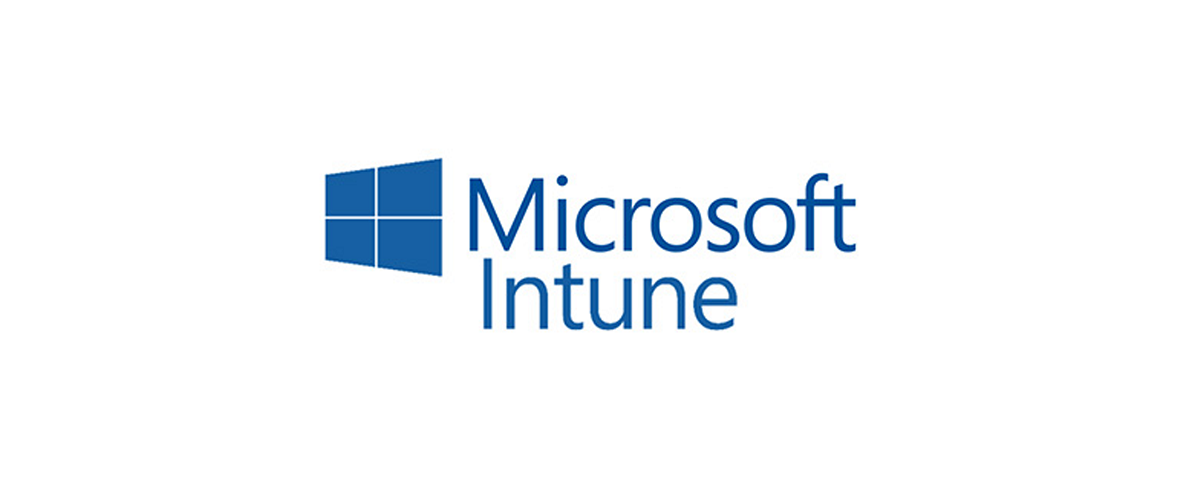Intune Applications Deployment
Knowing how to deploy Intune applications can be challenging, especially if you’re new to the process. This guide explains the most effective ways to deploy Intune applications. So, you’ll be able to get your applications up and to run quickly and easily.
Tips To Avoid Common Issues in Installing Intune Applications
While the installation process is generally quite simple, you can either do the steps below or use an automated intune packaging tool to help avoid common issues. To ensure that the installation of Intune Applications goes as easily as possible, we’ve put up a list of recommended practices to follow.
- Read the applications installation guide before beginning. Intune policies guarantee all the data and files required for a successful installation.
- Ensure your Intune environment is properly configured and up to date before installing any applications. This includes ensuring that the Intune Management Extension is installed and working correctly.
- If installing an application that requires a reboot, be sure to do so before beginning the installation process. This will help avoid potential conflicts if the application is installed while the system is in use.
- When installing Intune software, following the recommended installation order is important. This will help avoid potential dependency issues if the applications are installed out of order.
- Make sure to uninstall any previous versions of the Intune Application before installing the new one. This will help prevent any compatibility issues between the two versions.
- If you’re installing an application on a device that doesn’t have Intune installed, follow the steps in the Intune enrollment process before beginning the installation.
- After installing the Intune Application, test it to ensure it works correctly. This will help avoid potential problems after the application is in use.
- Finally, check the Intune logs for more information if you encounter problems during installation. This will enable you to resolve any problems that may have arisen and resume the installation process.
By preparing ahead of time and troubleshooting any problems that may occur, you can be sure that your Intune environment is up and running correctly.
How To Install Intune Applications:
There Are Two Methods For Installing Intune Applications:
- Sideloading is manually installing an application not available in the public app store. This can be done by downloading the Intune App Wrapping Tool and wrapping the app with the Intune policies.
- Public installation is when an application is available in the public app store and can be installed through the Intune console. To install an application, go to the Intune console, select the app you want to install, and click Install.
Overall, installing Intune applications is a simple process that can be done through either sideloading or public installation. You may quickly install any Intune application on your device by following the steps above.
Benefits of Using Configuration Management Tool To Deploy Intune Apps:
Using a configuration management tool like Simeon Cloud to deploy Intune apps has many benefits.
Here Are The Top 5 Benefits:
1. Increased Efficiency:
A configuration management tool can help to increase the efficiency of the app deployment process. You can save time and resources by using a systematic approach to managing and deploying apps.
2. Improved Tracking and Reporting:
A configuration management tool can help improve the app deployment process tracking and reporting. Using a configuration management solution, you can have more visibility into the deployment process.
3. Better Control:
A configuration management tool can help to provide better control over the app deployment process. Therefore, a configuration management solution can deploy packaged applications with more control.
4. Improved Quality:
A configuration management tool can help to improve the quality of the app deployment process. You can ensure that apps are deployed more consistently and dependably by employing configuration management technology.
5. Increased Flexibility:
A configuration management tool can help to increase the flexibility of the app deployment process. A configuration management tool enables more flexible app deployment. Microsoft Intune application deployment provides a way to manage and deploy applications to mobile devices. Therefore, it is important to follow the best practices when deploying applications through Intune to ensure successful application deployment.

